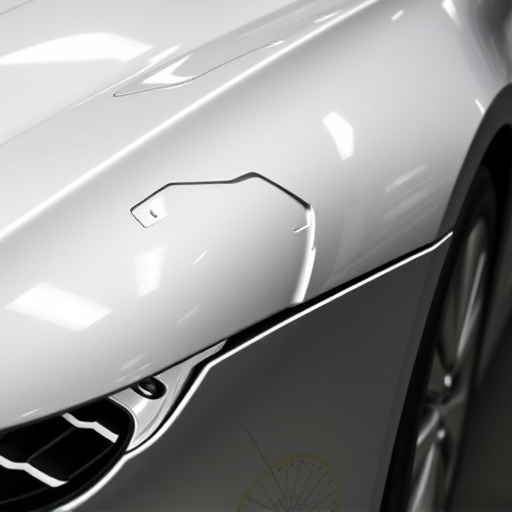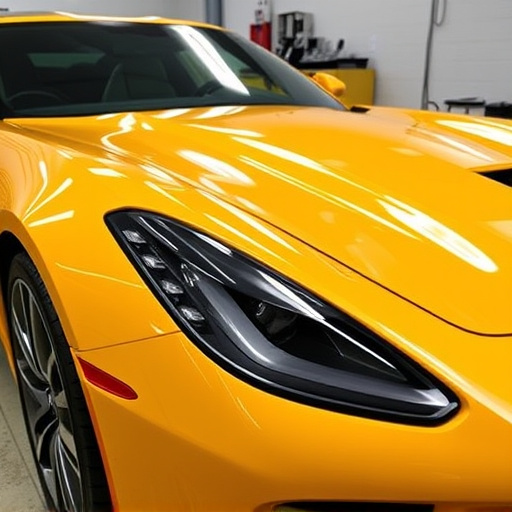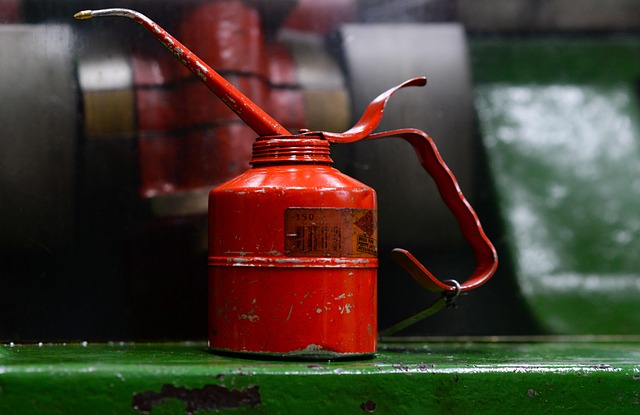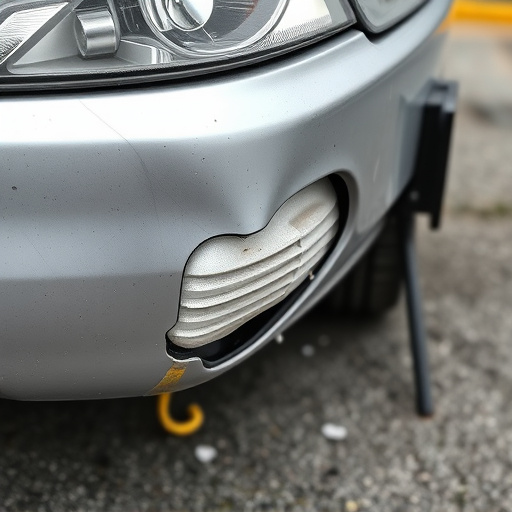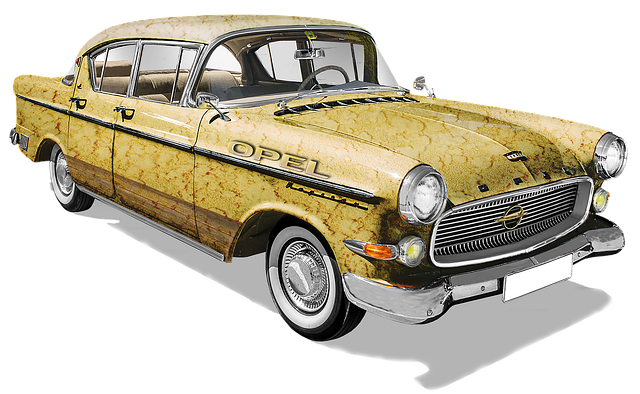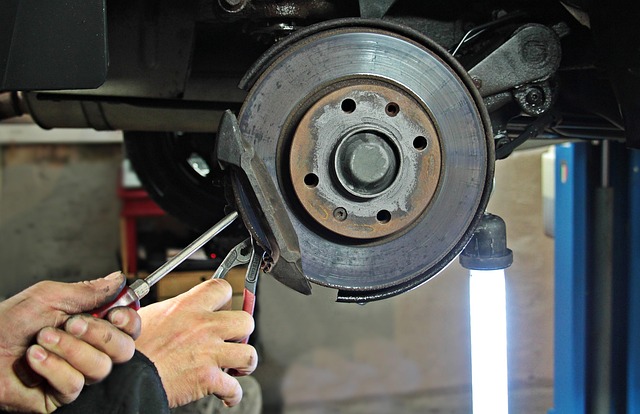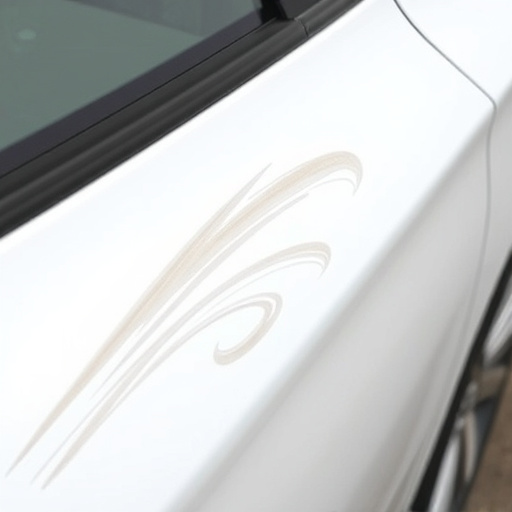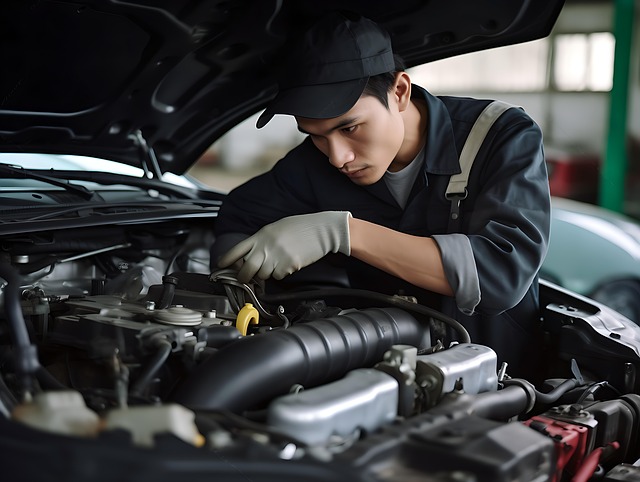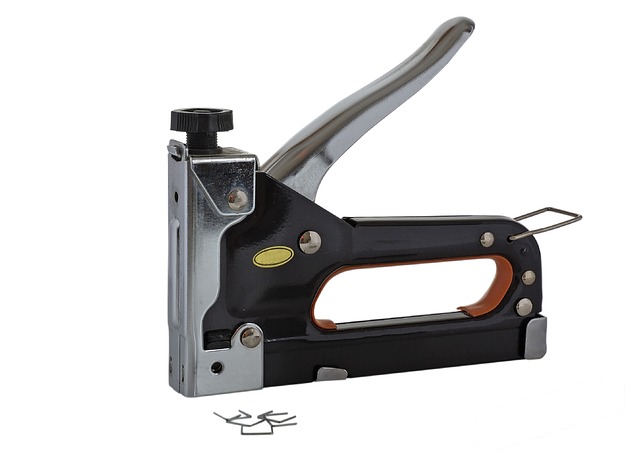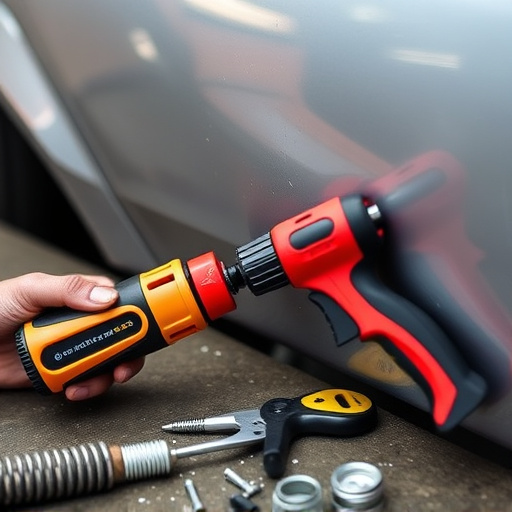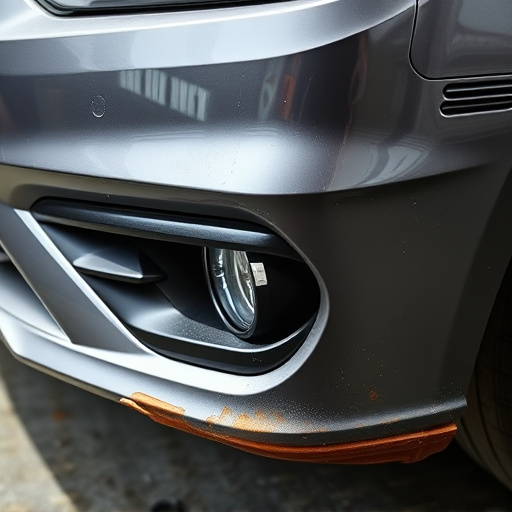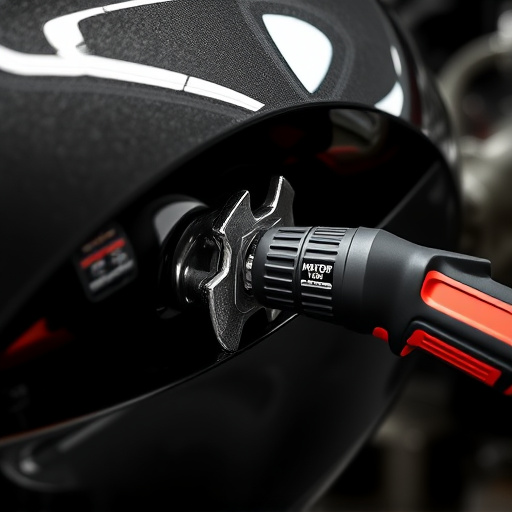Sun damage severely degrades vehicle materials like paint, plastic, and rubber due to UV exposure, causing cracking, fading, and reduced flexibility. Manufacturers offer specialized sun damage restoration services under warranties to protect vehicles' condition and value in high sunlight conditions. Restoration involves assessment, tailored techniques like sandblasting and painting, and enhancing structural integrity. Post-restoration, aesthetic treatments like sun damage restoration are excluded from warranties; clear communication among owners, insurance providers, and body shops is crucial for responsibility.
Sun damage restoration is a specialized process that addresses the detrimental effects of UV exposure on vehicles. As our cars age, sun damage can cause visible deterioration and impact their performance. This article delves into the intricacies of understanding and mitigating sun damage, exploring the restoration process and its implications for vehicle warranties. We’ll guide you through navigating warranty claims post-restoration, ensuring peace of mind for car owners facing these challenges.
- Understanding Sun Damage and Its Impact
- Restoring Damaged Vehicles: The Process
- Navigating Warranty Claims After Restoration
Understanding Sun Damage and Its Impact
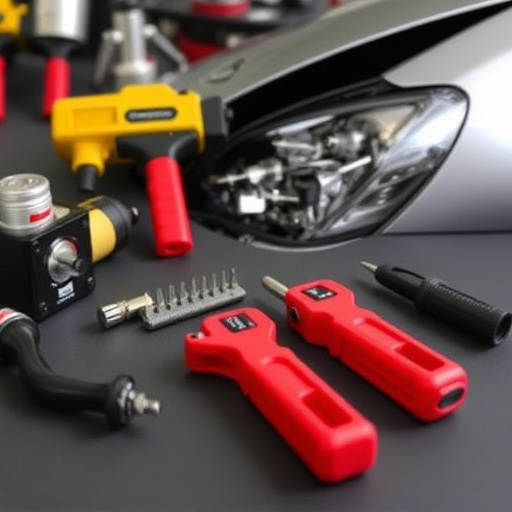
Sun damage can significantly impact vehicles, causing a range of issues that go beyond aesthetic concerns. Prolonged exposure to UV rays from the sun can lead to the degradation of various materials used in automotive manufacturing, including paint, plastic, and rubber. This results in problems like cracking, fading, and loss of flexibility, which not only diminishes the vehicle’s appearance but also its overall performance and longevity.
The effects of sun damage are often exacerbated by environmental factors such as humidity and pollution. For instance, salt from road de-icing can interact with sun-damaged surfaces, leading to corrosion. To address these issues effectively, many automotive manufacturers now offer or require specialized sun damage restoration services as part of their warranty coverage. These restorative processes aim to mitigate the visible signs of sun damage and protect against further deterioration, ensuring that vehicles maintain their initial condition and value for longer periods, even under harsh sunlight conditions.
Restoring Damaged Vehicles: The Process
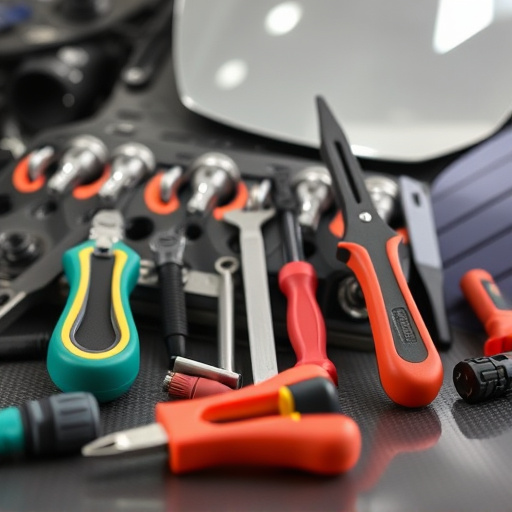
Restoring damaged vehicles, especially those affected by sun damage, involves a meticulous process that requires skilled professionals and specialized equipment. It begins with an extensive assessment to identify the extent of the sun damage, which can range from faded paint and warped parts to more severe issues like peeling or blistered surfaces. Once the damage is accurately evaluated, the restoration team employs various techniques tailored to each unique case.
This may include sandblasting to remove damaged layers, followed by precise auto bodywork services to reshape and repair bent panels. The process then shifts to meticulous painting and finishing, ensuring a perfect color match. Throughout, car repair services focus on not just fixing the visible damage but also addressing underlying structural integrity issues caused by prolonged sun exposure. The end goal is a vehicle that not only looks like new but also maintains its durability and original warranty conditions.
Navigating Warranty Claims After Restoration
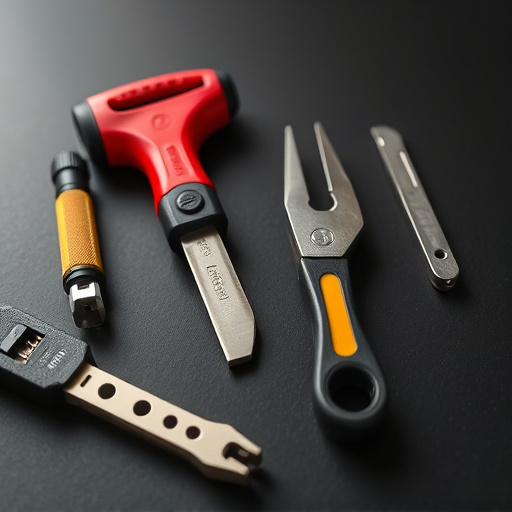
Navigating Warranty Claims After Sun Damage Restoration
After a sun damage restoration process, automotive enthusiasts often find themselves navigating complex warranty claims. It’s important to remember that while professional sun damage restoration can significantly enhance a vehicle’s appearance and protect its interior from UV degradation, warranties may not always cover these specific services. This is primarily because sun damage restoration falls under cosmetic enhancements rather than structural repairs. Auto repair shops and automotive body shops addressing sun damage typically focus on improving the car’s overall aesthetic appeal, which might not be included in standard warranty coverage.
As such, vehicle owners should carefully review their warranty documents to understand what types of damages and repairs are covered. In many cases, especially with hail damage repair, warranties may only apply to replacement parts and labor associated with structural repairs. Any restoration or cosmetic enhancements performed by an auto repair shop post-incident might be the owner’s responsibility, highlighting the need for clear communication between the vehicle owner, the insurance provider, and the chosen automotive body shop.
Sun damage restoration is a specialized process that can extend the lifespan of vehicles, but it’s essential to understand its impact on warranties. While many manufacturers offer coverage for cosmetic issues caused by UV exposure, the complexity of restoration techniques might trigger specific warranty clauses. Thorough documentation and communication with insurers are key to navigating these claims successfully. By following best practices in sun damage restoration, vehicle owners can ensure their cars not only look as good as new but also maintain their warranty integrity.
